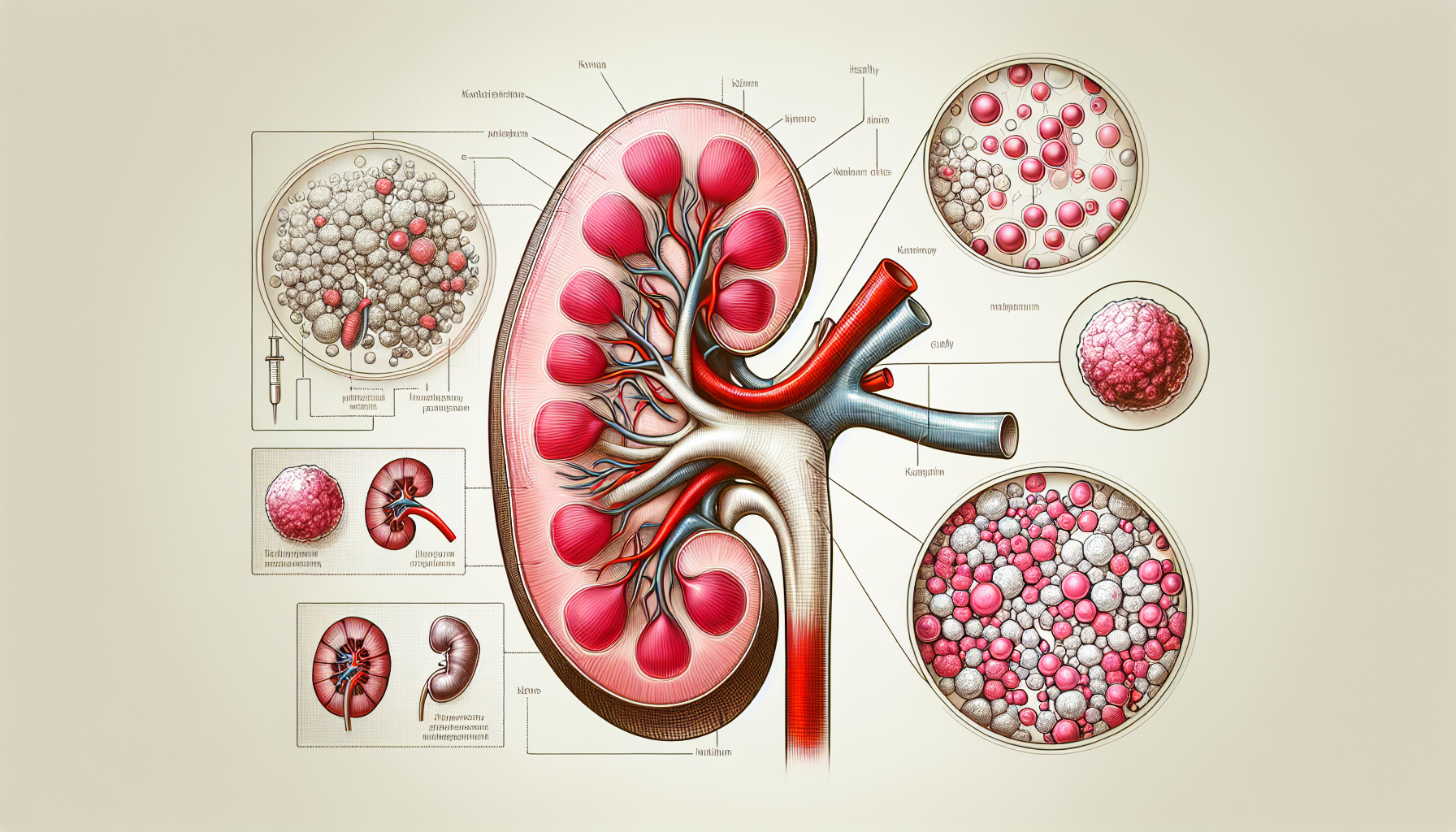Exploring New Horizons in Graft-vs-Host Disease Management and Research
Key Takeaways
- Belumosudil shows promising efficacy in treating chronic GVHD with sustained responses and no new safety concerns, potentially offering a better treatment option than high-dose corticosteroids.
- Despite the availability of new treatments like ruxolitinib, there remains a significant unmet need for patients who do not respond to standard therapies, with research focusing on microbiota modulation as a possible solution.
- Developing biomarkers to predict treatment response and applying effective therapies like belumosudil earlier in the disease course could transform GVHD management and significantly improve patient outcomes.
Did You Know?
Overview of GVHD
Graft-vs-host disease (GVHD) is a complex medical condition that occurs after a transplant, where the donor's immune cells attack the recipient's body. This disease manifests in two forms: acute and chronic GVHD. Despite significant advances in treatment, many patients continue to face challenges in managing this condition, particularly with standard therapies.
Recent Advances in Treatment
The 50th Annual Meeting of the European Society for Blood and Marrow Transplantation (EBMT) showcased promising developments in GVHD treatment. One of the highlights was the ROCKstar trial, a phase 2 study that evaluated the efficacy of belumosudil in managing chronic GVHD. The trial presented favorable results with sustained responses and no new safety concerns, marking a potential shift in therapeutic strategies for this patient group.
Unmet Needs in GVHD Care
Despite the approval of new drugs like ruxolitinib for steroid-refractory acute GVHD, there remains a subset of patients who do not respond to existing treatments, termed as ruxolitinib-refractory. Addressing the needs of these patients has become a priority in the field, with newer research focusing on modulating the microbiota to improve outcomes for those with advanced and refractory GVHD.
The Importance of Alternative Therapies
The limited options for first-line treatment, which primarily involve high-dose corticosteroids, highlight the necessity for alternative therapies. These steroids often come with severe side effects, emphasizing the need for treatments that are both effective and have a better safety profile. Belumosudil, a recently approved ROCK2 inhibitor, has shown impressive efficacy, especially in treating the fibrotic processes involved in chronic GVHD.
Implications for Patient Quality of Life
Chronic GVHD can dramatically alter a patient's quality of life, making it crucial to develop treatments that can effectively manage symptoms while minimizing adverse effects. The potential of belumosudil to address severe manifestations, such as lung involvement, offers hope to those suffering from this debilitating condition.
Potential for Early Intervention
There is an emerging focus on applying successful treatments like belumosudil earlier in the disease course, potentially even as a first-line treatment in combination with corticosteroids. This approach could transform the management of GVHD, improving outcomes by targeting the disease more aggressively from the outset.
Future Directions and Research
The field of GVHD treatment stands on the brink of significant advancements, with ongoing trials and research poised to further define the role of emerging therapies. The development of biomarkers to predict treatment response and identify optimal therapeutic windows is also a critical area of focus that could greatly enhance the precision of GVHD management.






